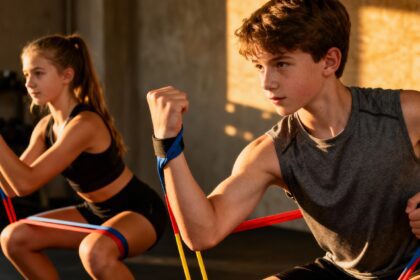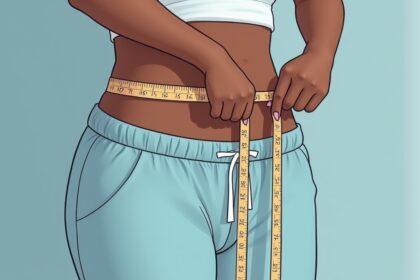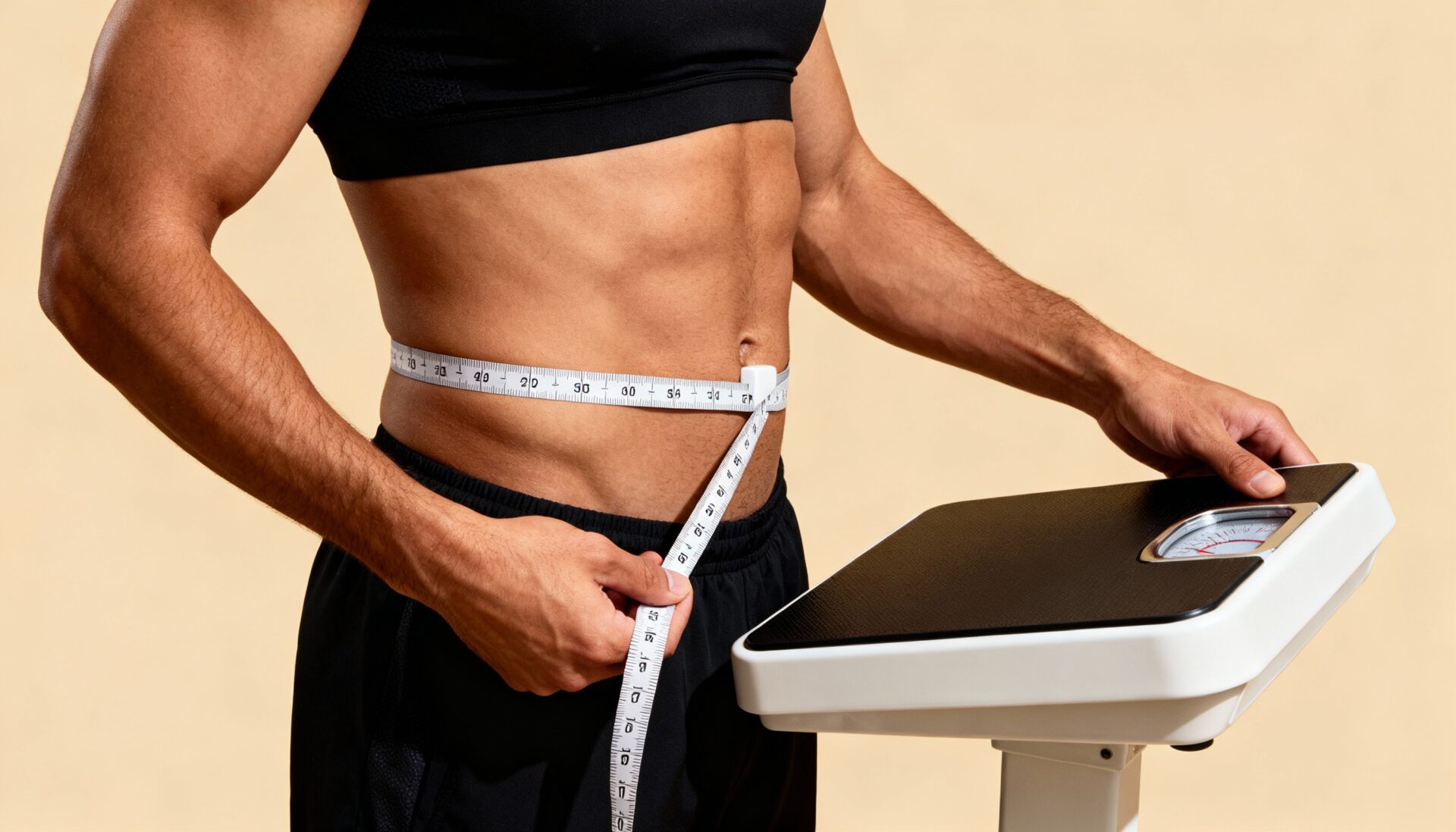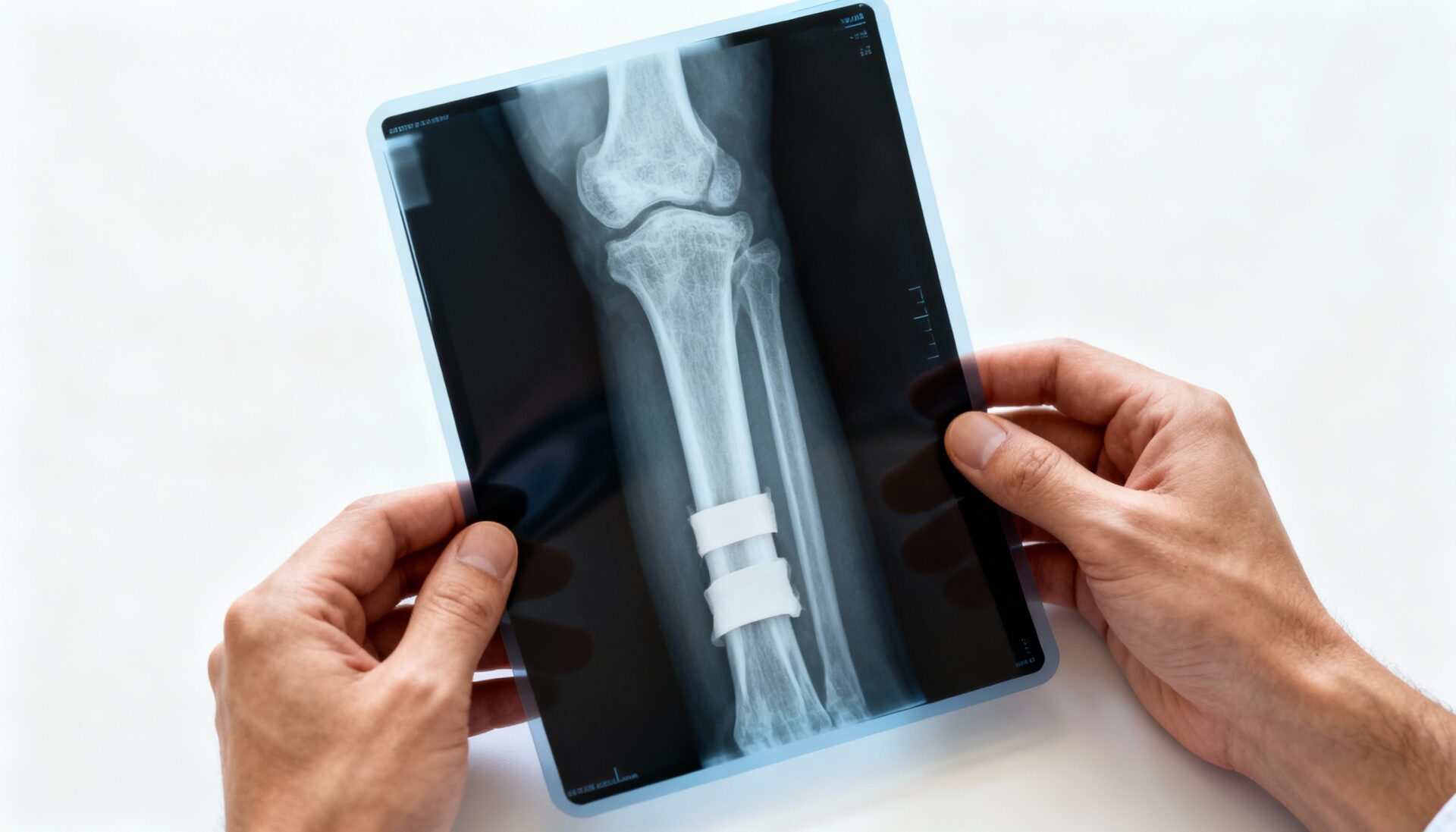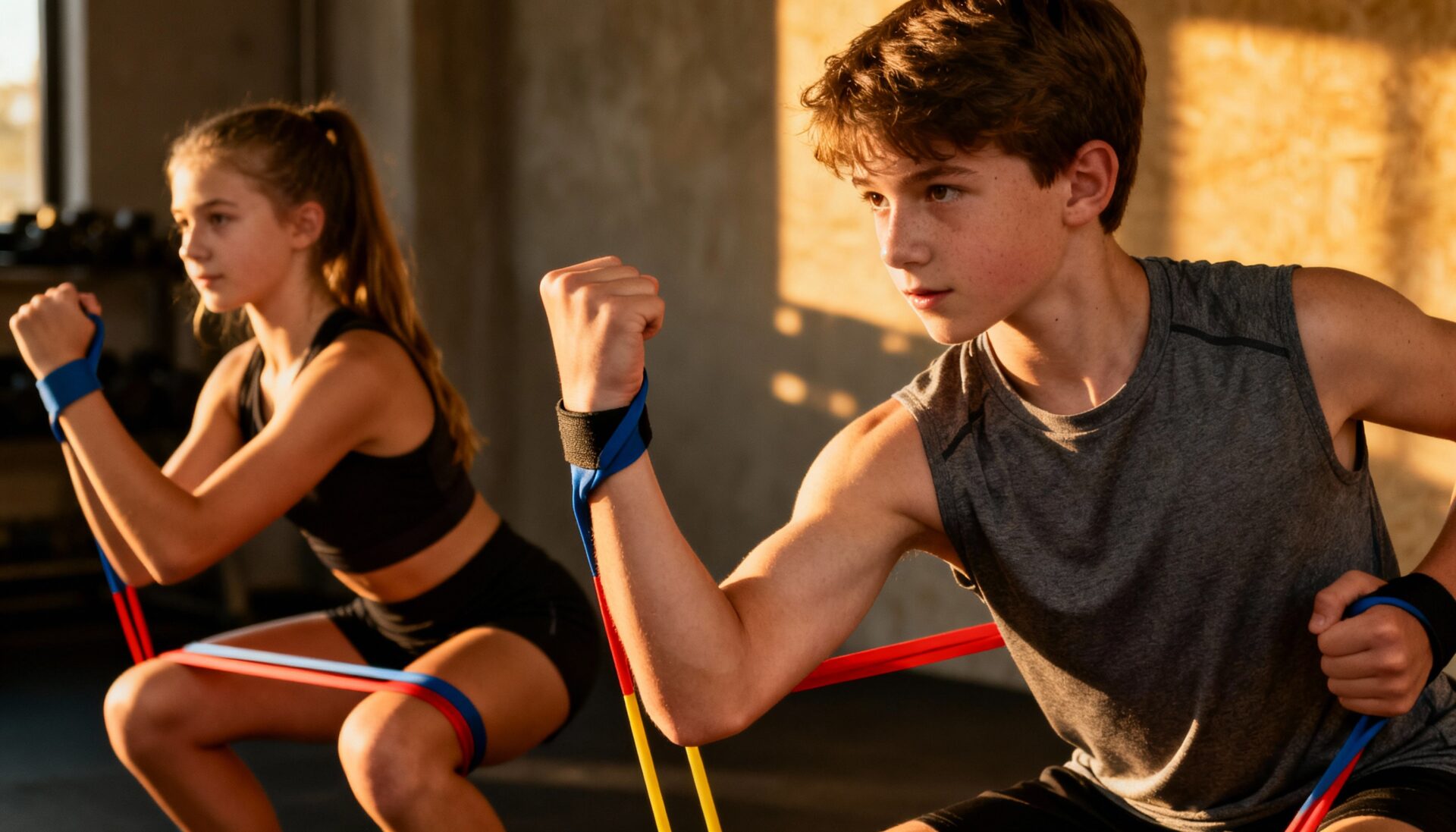Q:
I’ve been reading a lot lately about the benefits of low-bar squats (like what powerlifters use) — in particular I often see the claim that low-bar squatting is safer than high bar, and also that it involves more total muscle mass — I just wanted to get your take on this subject thanks!
A:
Well as you might imagine, these claims aren’t quite as simple as they initially seem. There is a kernel of truth here however — for example, when the bar is places lower on the back, the lever arm between the axis and the load is shortened, which means lower stresses on the joint(s) at the axis — the hips and low back in this case. However, where the safety argument for low-bar squatting falls apart is the fact that since it’s easier to squat any given weight this way, lifters will commensurately add more weight to the bar — after all, that’s the whole point of low-bar squatting — it allows you to lift more weight.
As far as whether or not low-bar squats target more muscle(s) — that’s trure — in a sense. With the bar lower on the back, you’ll tend to flex more at the hips (lean forward more) than you would with other forms of squats. This means more load will fall to the muscles of the low back, glutes, and hamstrings. So depending on your goals, this might be a good thing. On the other hand, if your goal is to develop your quads, for most people at least, low-bar squats are probably the worst type of squat.
One last point that seldom gets made about low-bar squats is that they tend to be stressful on the elbows and shoulders. So bottom line, is pick tools based on goals. If you’re a competitive powerlifter, you should do low bar squats because they’ll probably allow you to squat more weight. If having bigger stronger squats is your goal (and/or if you have hip/low back issues), you’ll be better served by high bar squats.
Q:
Hi Charles, what do you think about the common claim that as long as you do a lot of compound lifting (bench presses, rows, pullups, military presses etc.) that you won’t really need to do any direct arm training?
A:
As much as I hate to start off by saying “it depends,” that’s just the honest answer to a lot of training and nutrition questions. It is true that for some lifters, as long as they do a lot of compound pressing, there will be little to no need for direct tricep work. Same goes for compound pulling and biceps. There’s really no simple, reliable way to know if you’re one of those lucky people, but it more or less comes down to relative lever lengths and muscle attachment sites — put another way, shorter, stockier people can stick mostly with compound lifts and have great all-around muscular development.
As to whether or not you’re one of the fortunate ones in this regard, you probably already know the answer — if you never or rarely do direct arm work and you still have good arm development, I’d suggest you keep doing what you’re doing obviously. But if not, consider incorporating 3-5 work sets for biceps and triceps, 2-3 times per week. The nice thing about direct arm training is that it doesn’t require a lot of time or energy, and it’s almost impossible to over-train your arms.
Q:
Charles, I know you specialize in training older guys, so here’s an “older guy” question (I’m 51 by the way, 5’10”, 155 pounds, been training off and on for about 6-7 years now in case that helps with your answer): I’m wondering what my potential is for gaining new muscle at this stage of my life.
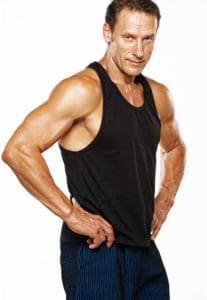 A:
A:
Ah such a great (and tough) question! I’m sorry to say this, but the honest answer is that you won’t know until you try. There are a large number of factors that impact this, including training history, genetic factors, anabolic hormone status, orthopedic health, limb lengths… there’s simply no way I can give you a reliable answer. With that being said however, I do have a few thoughts for you:
1) First, the less training history you have, the more likely it is that you can gain new muscle, even in your 50’s. This applies to your body as a whole, as well as for individual muscles — for example, if you’ve trained seriously for a long time, but you’ve never trained your biceps, your biceps will have more potential for new growth than your other muscles.
2) Second, even if you’ve done a lot of training in the past, if much or all of that training was significantly sub-optimal, then it’s almost the same thing as having a limited training history — meaning, there’s more potential for future growth than if you had training properly.
3) Finally, a philosophical point: even if there’s no way to know how much progress you can make from here on out (and there’s not), there is one thing you can know for sure: you’ll be much better off by training hard (and smart) than if you don’t. In other words, even if your training only serves to prevent the loss of existing muscle, it’s more than worth doing. Like many things in life, the eventual outcomes cannot be known with certainly, so the best bet is to do the “right” things, as consistently as you can, and hope for the best. And, needless to say, strength training has a host of additional benefits aside from the growth of new muscle, so there’s that too. Either way, for people of any age, but particularly as we age, strength training is one of the best longevity strategies available to us.










